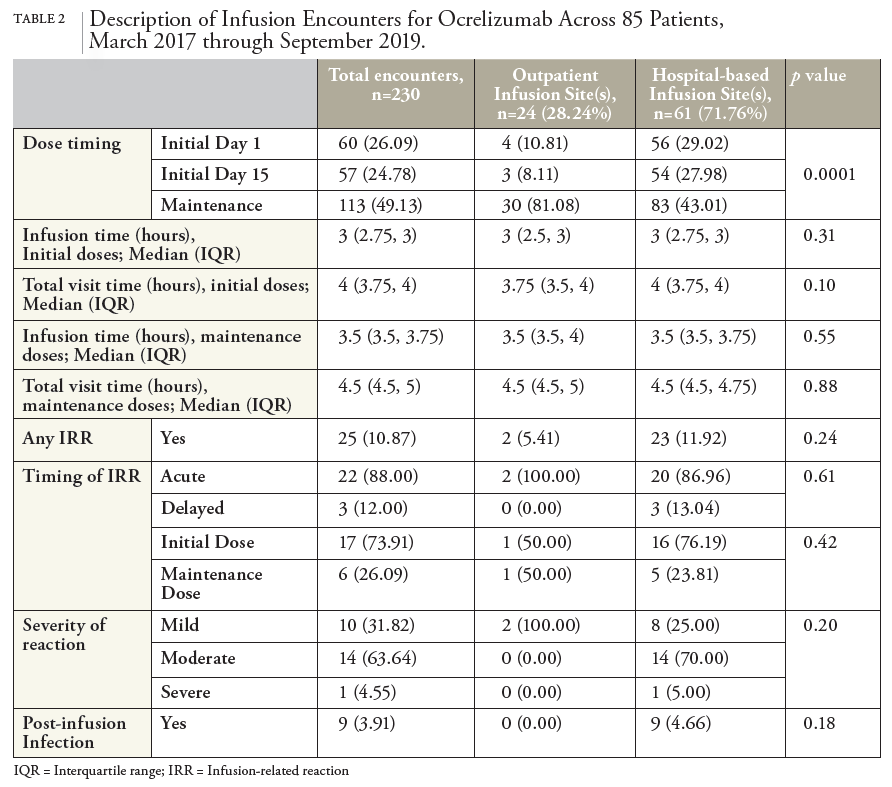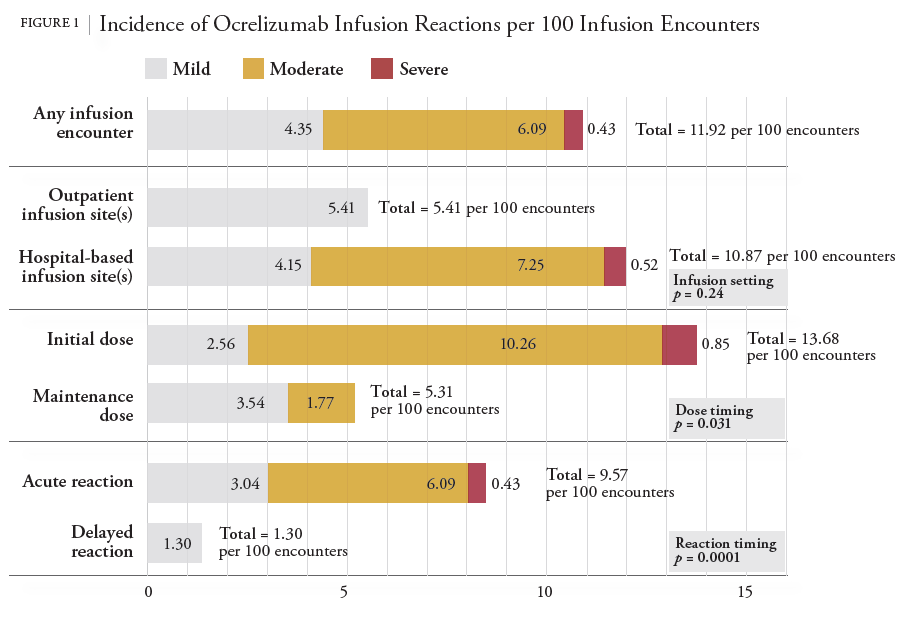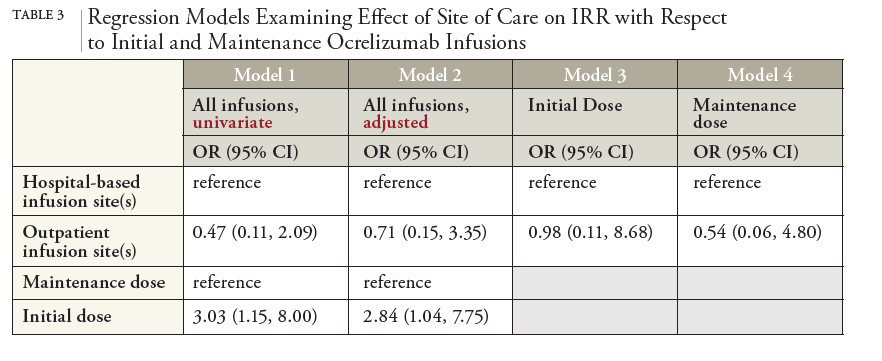1. Magellan Rx Management. Employer market insights report, 1st edition. 2018. Available at: https://www1.magellanrx.com/ publications/employer-market-insights-report Accessed April 1, 2020.
2. United Health Care. Provider Administered Drugs, Site of Care Review Guidelines, Effective April 1, 2019.
3. Counce J. Home Infusion’s Expanding Role in Optimizing Site of Care. Infusion Magazine. May/June 2019.
4. Johnson R, Freeman EN. Addressing Costs and Continuity of Care through Innovative Solutions for Infused Therapies: A Collaborative Experience with Infliximab. Am Health Drug Benefits. 2011;4(1):39-46.
5. Magellan Rx Management. Employer market insights report, 2nd edition. 2019. Available at: https://www1.magellanrx.com/documents/2019/05/2019-mrx-employer-market-insights-report.pdf/ Accessed April 1, 2020.
6. DIMENSIONS. Specialty Management Solutions. Issue Brief: Site-of- Care Optimization. 2015. Janssen Biotec, Inc. and Avalere Health.
7. Phase I:2010 NHIA Provider Survey Comprehensive Aggregate Analysis Report. National Home Infusion Association, 2011.
8. The prevalence of MS in the United States A population-based estimate using health claims data Mitchell T. Wallin, et al. LaRocca Neurology Mar 2019, 92 (10) e1029-e1040; DOI: 10.1212/WNL.
9. National Multiple Sclerosis Society. Treating MS. Available at: https://www.nationalmssociety.org/Treating-MS/Medications. Accessed May 1, 2022.
10. OCREVUS® intravenous injection, ocrelizumab intravenous injection. Genentech Inc (per FDA), South San Francisco, CA, 2018.
11. Hauser SL, Bar-Or A, Comi G, et al. Ocrelizumab versus interferon beta-1a in relapsing multiple sclerosis. N Engl J Med. 2016;376(3):221-234.
12. Montalban X, Hauser SL, Kappos L, et al. Ocrelizumab versus placebo in primary progressive multiple sclerosis. N Engl J Med.2017;376(3):209-220
13. Mayer L, Kappos L, Racke MK, Rammohan K, Traboulsee A, Hauser SL, Julian L, Köndgen H, Li C, Napieralski J, Zheng H, Wolinsky JS. Ocrelizumab infusion experience in patients with relapsing and primary progressive multiple sclerosis: Results from the phase 3 randomized OPERA I, OPERA II, and ORATORIO studies. Mult Scler Relat Disord. 2019 May;30:236-243.




